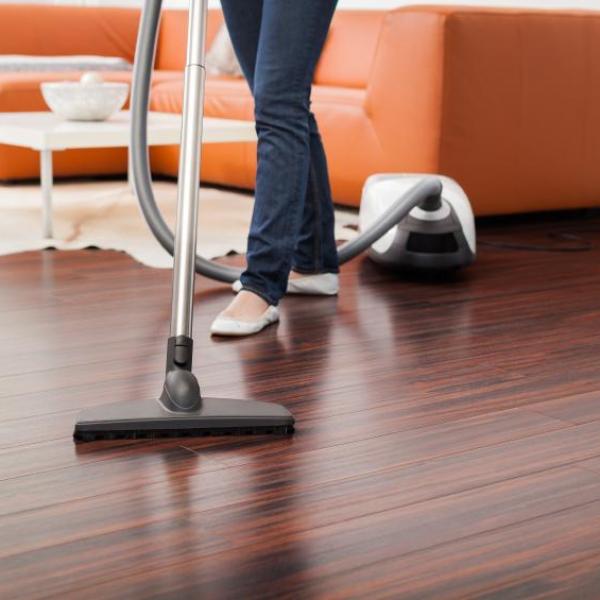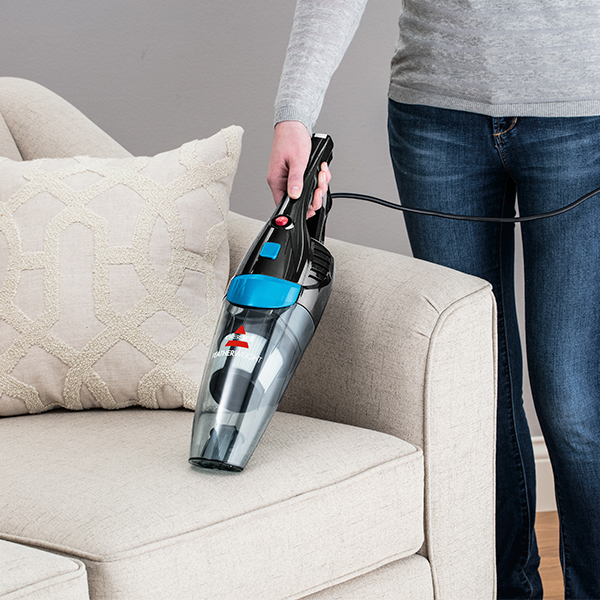Understanding Your Vacuum Cleaner
How to use vacuum cleaner?First, it’s essential to understand your vacuum cleaner fully. Different models have unique features, and being familiar with them can enhance your cleaning experience. Most vacuum cleaners come with a user manual; always consult it for specific instructions. Check if your vacuum is upright, canister, robotic, or handheld. Each type serves different purposes, and knowing their strengths can make your cleaning tasks easier. For instance, upright vacuums are great for carpets, while canister vacuums work well on hard floors. Additionally, examine the attachments included with your vacuum. Different tools like crevice tools and upholstery brushes can help you tackle various surfaces effectively. Taking the time to learn how your vacuum operates enhances your cleaning proficiency and allows for a more organized approach. This knowledge will not only prompt better cleaning results but will also make you feel more confident in handling your vacuum cleaner.
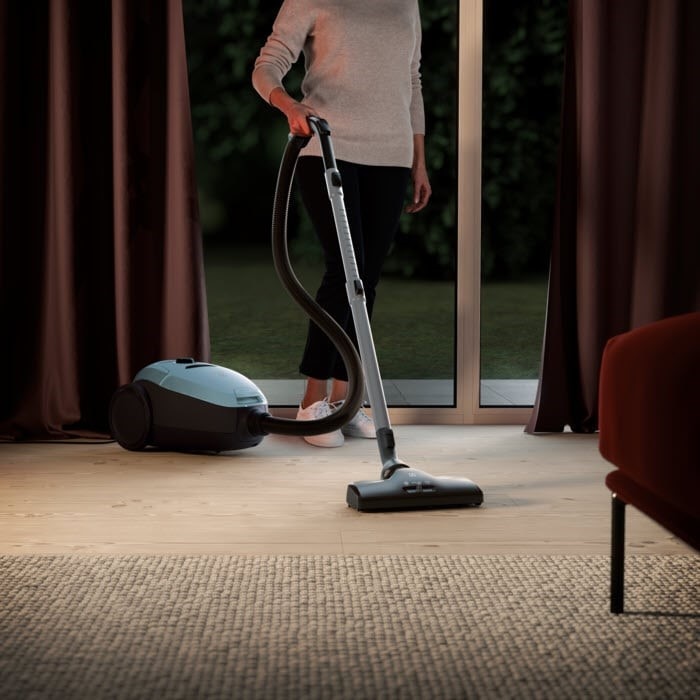
Preparing Your Space for Cleaning
Before you start vacuuming, preparing your space is crucial for an efficient cleaning process. Begin by removing any obstacles from the floor. Pick up small items like toys, shoes, or other debris that might obstruct your vacuum’s path. This small step will save you time and prevent potential damage to your vacuum. Next, consider dusting or cleaning surfaces before you vacuum. Dust and dirt can settle on the floor during this process, so it makes sense to tidy up first. If necessary, you can also sweep beforehand, especially if it has been a while since your last thorough cleaning. In addition, check your vacuum’s dustbin to ensure it is empty before starting. Ensuring it’s clear will maximize the vacuum’s efficiency and suction power. Lastly, ensure that your vacuum cleaner is plugged in and ready for use, checking for any frayed cords or damage. By preparing your space effectively, you set yourself up for vacuuming success!
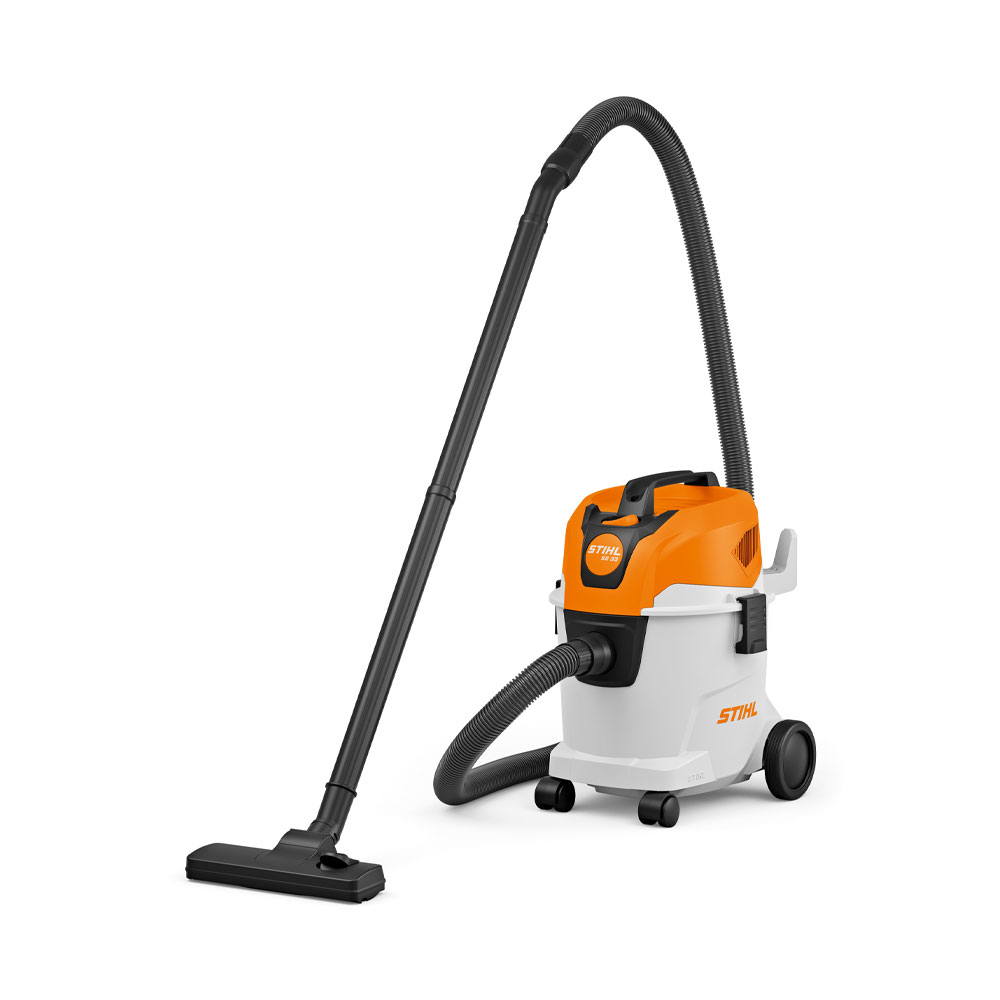
Starting Your Vacuum Cleaner
Once you’ve prepared your space, it’s time to start your vacuum cleaner. First, plug the vacuum cleaner into an electrical outlet and switch it on. If you have a model with settings, select the appropriate one for the surface you’ll clean. For example, use a higher setting for carpets and a lower one for hard floors. Before you begin moving the vacuum, let it power up for a moment to ensure the motor is running smoothly. Grip the handle firmly and start at one corner of the room. Move the vacuum cleaner back and forth in long and straight lines. For effective cleaning, overlap each pass slightly. This technique ensures you cover every inch without missing spots. If you come across particularly dirty areas, go over them a few times to achieve the best results. Remember to switch directions occasionally to ensure that you pick up all dirt effectively. Engaging these straightforward steps will help you maximize the efficiency of your vacuum cleaner.
Using Attachments for Different Surfaces
Many vacuum cleaners come with specialized attachments that make cleaning various surfaces easier. For instance, a crevice tool is perfect for reaching tight corners and gaps that your regular vacuum head cannot access. Use this tool to clean between couch cushions or along baseboards, ensuring a thorough cleaning. Additionally, consider using an upholstery brush to clean your furniture. This attachment removes pet hair and dust without damaging the fabric. If your vacuum includes a dusting brush, use it to clean shelves and light fixtures. It can collect dust and dirt without throwing debris around the room. Furthermore, be mindful of the surfaces you are cleaning. Regular vacuuming of carpets and floor mats can keep them looking fresh and clean. Utilizing these attachments effectively expands the versatility of your vacuum cleaner and allows you to create a cleaner, more pleasant living space for you and your loved ones. Therefore, explore your vacuum’s attachments, and do not hesitate to switch them as needed!
Tackling Pet Hair and Difficult Messes
Many households face the challenge of dealing with pet hair and other tough messes. Fortunately, the right vacuum cleaner can tackle these issues efficiently. If you have pets, consider investing in a vacuum designed explicitly for pet owners. These vacuums often come with features tailored for removing hair from carpets and furniture. When vacuuming pet hair, move slowly over areas where hair tends to accumulate. This allows the vacuum more time to pick up stray hairs effectively. If you encounter stuck hair, you might need to repeat passes until all hair is gone. If the mess involves spills or clumps of dirt, you can first pick up larger debris manually, then vacuum the area. Additionally, clean your vacuum regularly to maintain optimal performance. Hair and dirt can clog filters and reduce suction power. Always check for blockages in hoses and roller brushes. We want your vacuum to operate at its best for those tough cleaning challenges!
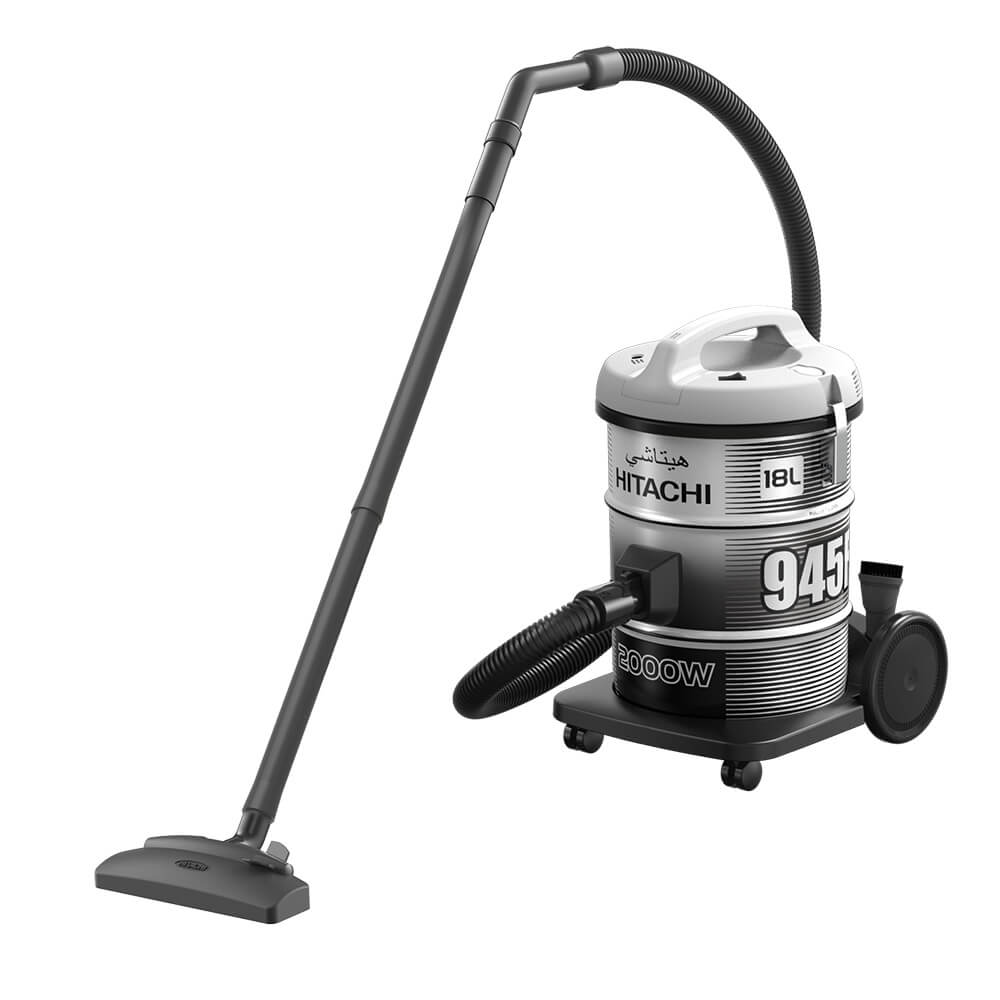
Maintaining Your Vacuum Cleaner
Just like any tool, regular maintenance keeps your vacuum cleaner in top shape. Start by emptying the dustbin after each use. Leaving dirt inside can affect suction power and lead to odors. Next, check the filter regularly. If your vacuum has a reusable filter, rinse it under water as per the manufacturer’s guidelines. Allowing it to dry completely before reinserting it will ensure efficient operation. Additionally, inspect the roller brush for tangled hair and debris. Keep it free from blockage by removing any hair or strings that may get caught. Examine the vacuum’s hose for any blockages or tears, as these can severely affect performance. Ensure all attachments remain clean and in good condition. By performing these simple tasks regularly, you prolong the life of your vacuum cleaner and enhance its effectiveness. It may seem tedious, but the effort you invest will pay off when your vacuum runs smoothly every time you need it!
Efficient Vacuuming Techniques
Efficiency is key when vacuuming any space. Beyond following the proper steps, employing specific techniques can greatly enhance your results. To start, always begin vacuuming in the farthest corner of the room and work your way backward toward the exit. This strategy prevents you from stepping on freshly cleaned areas, saving time. Use the slow and steady method; rushing through vacuuming often misses dirt or dust. When you switch between surfaces, adjust your vacuum settings accordingly, ensuring you maintain optimal suction on carpets as well as hard floors. In rooms with furniture, try to vacuum behind and underneath items whenever possible. If moving large furniture seems daunting, utilize your vacuum’s attachment tools to clean those hard-to-reach spots. Finally, don’t forget to tackle high traffic areas, as they gather more dirt. By incorporating these techniques into your routine, you will enhance your cleaning efficiency and achieve the best results possible!
Creating a Cleaning Schedule
To keep your living space consistently clean, creating a vacuuming schedule is incredibly helpful. Establish a routine based on the type of flooring in your home and your lifestyle. For example, homes with pets and children may require more frequent vacuuming, such as two to three times a week. On the other hand, you might find a bi-weekly schedule works perfectly if your space is primarily low-traffic. Additionally, try to vacuum high-traffic areas more often, as they accumulate dirt quickly. Remember to adjust your schedule based on the seasons. During allergy season, you might want to vacuum more often to combat dust and pollen. Furthermore, don’t forget to incorporate vacuuming into your Valentine’s Day cleaning preparations. Sparkling clean spaces can help create an inviting atmosphere for romantic meals or gatherings. By maintaining a solid cleaning schedule, you ensure a fresh and tidy home for both yourselves and your loved ones.
